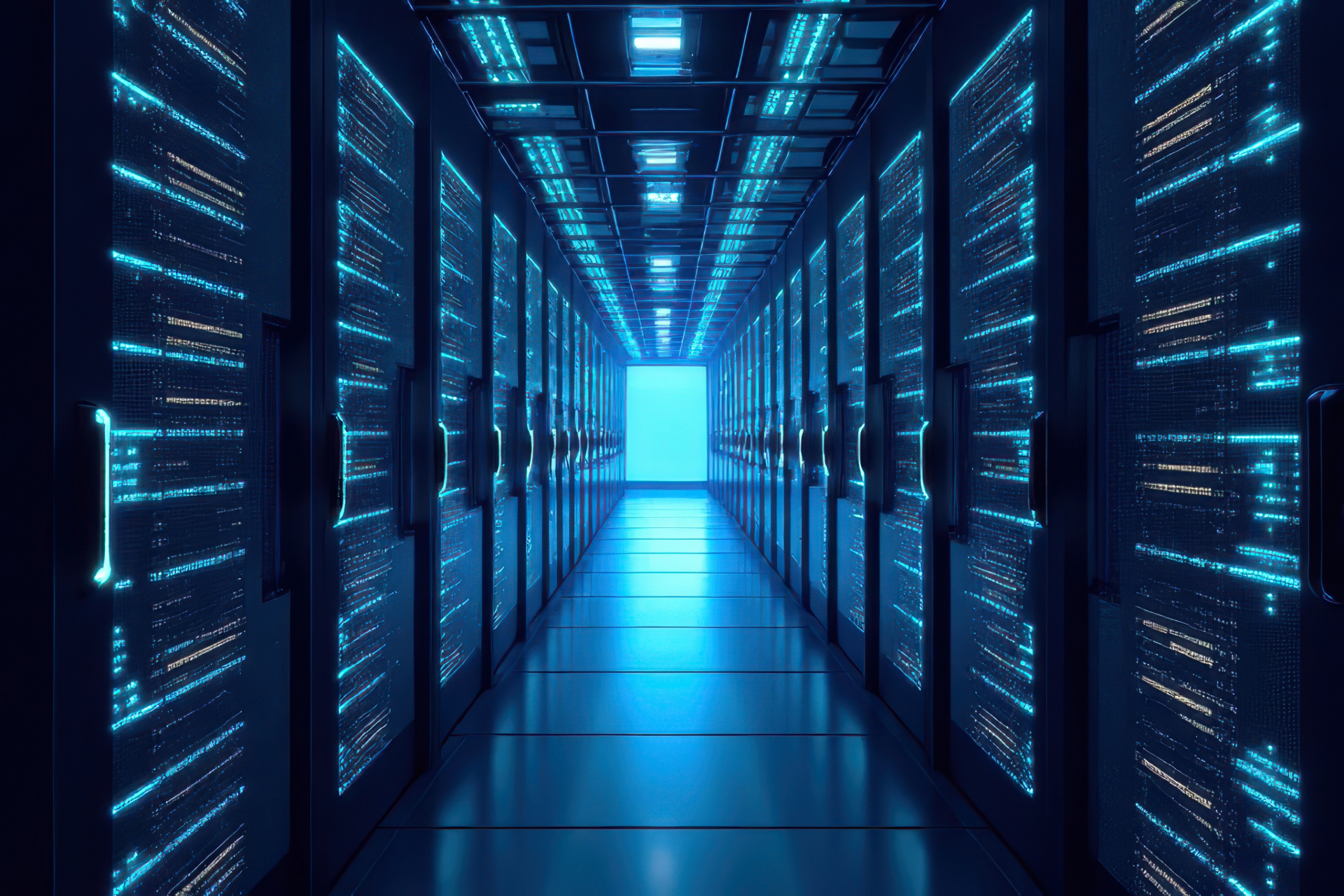Edge Cloud AI vs Traditional Cloud: Why the Future of AI Lives at the Edge
Edge Cloud AI is rapidly transforming the landscape of artificial intelligence, offering a new paradigm that promises to decentralize and accelerate AI applications. This shift is pivotal as the demands of real-time decision-making and data processing skyrocket across various industries. Unlike traditional cloud-based AI, which relies on centralized data centers, Edge Cloud AI pushes computational tasks closer to data sources, such as IoT devices and local servers. This proximity to the point of data collection is not just a logistical change but a strategic move that enhances the efficiency, responsiveness, and privacy of AI systems.
Understanding the Basics of Traditional Cloud AI
Before diving into the nuances of Edge Cloud AI, it’s essential to understand its predecessor, the Traditional Cloud AI. This model depends on sending data from devices back to central servers where the bulk of processing occurs. While this allows for powerful computation capabilities and significant storage, it raises concerns regarding latency, bandwidth usage, and privacy. In scenarios where immediate action is required, such as autonomous driving or real-time medical diagnosis, the delay inherent in transmitting data to a distant cloud and waiting for a response can be detrimental.
How Edge Cloud AI Enhances Efficiency and Responsiveness
Edge Cloud AI, by its very conception, is designed to address the challenges posed by traditional cloud systems. By processing data locally on edge devices, these AI models drastically reduce the time taken to make decisions. This is because the data doesn’t have to traverse a long route to a central server and back. For instance, in smart home security systems, edge AI can instantaneously analyze data from home cameras for unusual activities and make prompt decisions without any significant delay.
Moreover, with data processing done locally, Edge Cloud AI reduces the bandwidth required to send information back and forth from the cloud. This not only speeds up response times but also lessens the load on network infrastructure, which can be crucial in areas with limited connectivity.
Why the Future of AI Lives at the Edge
Scalability and Adaptability
As the number of connected devices continues to grow exponentially, the scalability offered by Edge Cloud AI becomes increasingly valuable. Traditional cloud systems can become overwhelmed by the sheer volume of data needing processing, leading to slower response times and increased operational costs. Edge AI, in contrast, scales effortlessly as it decentralizes the processing load, allowing countless edge devices to operate independently yet in harmony.
Enhanced Privacy and Security
Another significant advantage of the Edge Cloud AI architecture is the enhanced privacy and security it provides. Since data is processed locally, sensitive information does not need to be sent over the internet to a central cloud, reducing exposure to potential data breaches. This localized data processing approach is particularly crucial in industries like healthcare and financial services, where privacy is paramount.
Energy Efficiency
Edge AI also tends to be more energy-efficient than its traditional counterpart. Centralized data centers consume a substantial amount of energy, not just in processing data but also in cooling the vast arrays of servers. Edge devices, by processing data locally, can significantly cut down on the energy required for data transmission and large-scale data processing.
Real-World Implications and Examples
In industries such as manufacturing, Edge Cloud AI enables real-time monitoring and adjustment of machines on the factory floor. For retail, it allows immediate customer behavior analysis and personalization of shopping experiences without the latency that would be involved with data being crunched in a remote server. In urban planning and management, edge AI can help with immediate traffic analysis and adjustments, drastically improving congestion management and emergency response times.
Conclusion
The evolution from traditional cloud-based AI to Edge Cloud AI represents a significant shift in how artificial intelligence can be deployed and utilized effectively. As we stand on the brink of this transformation, it is clear that the future of AI does indeed live at the edge. This shift not only promises faster, more efficient, and secure AI operations but also presents new opportunities for innovation across all sectors. Edge Cloud AI is not just an incremental improvement but a necessary evolution to meet the future demands of a hyper-connected world.





